Speaking of Athens, one would inadvertently think of sacred fires, temples, and sculptures. This is true. In the distant ages, ancient Greek artists created many artistic myths. Today, the legacy of ancient Greek sculptors is still strong.
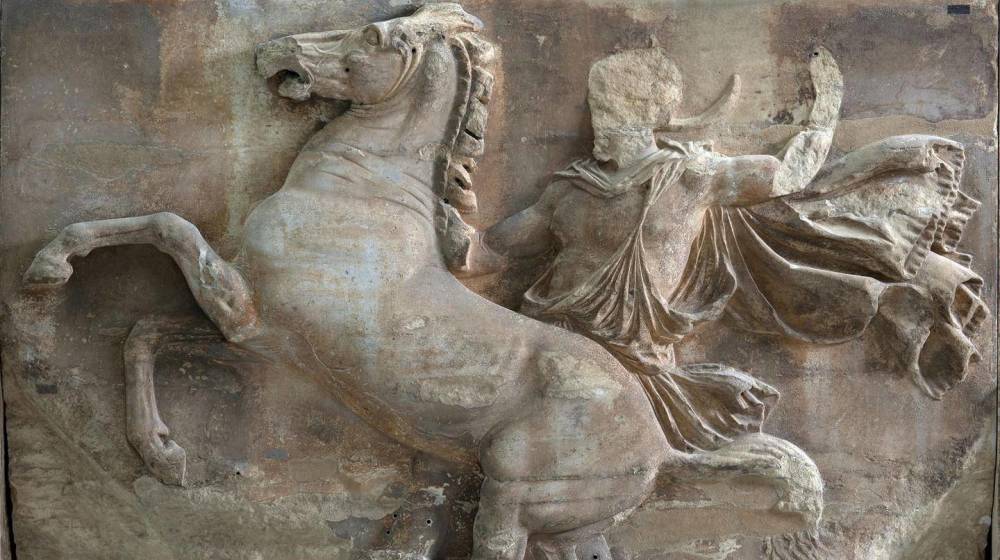
Travelers from all over the world will come to these great heritages to pay tribute to the precise forms used by these sculptors and their mastery of materials. These materials are usually indestructible marble, bronze, etc. The following are some ancient things you need to know Famous works created by famous Greek sculptors. Let's take a look.
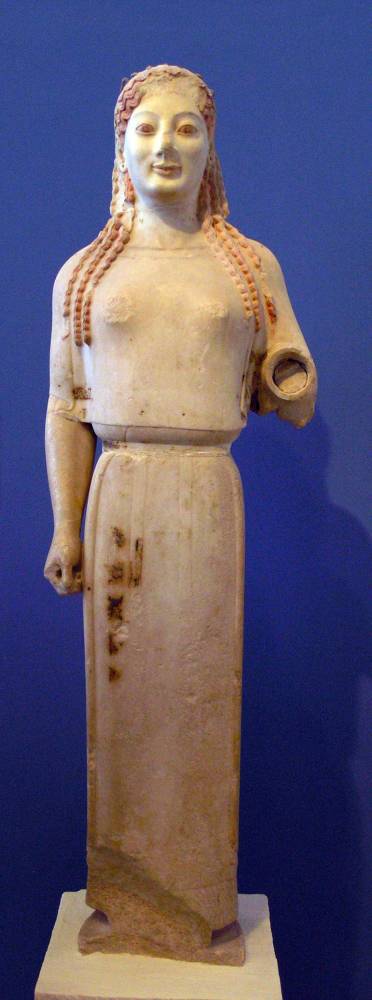
These classic forms are rich in ancient Greek history and are an indispensable part of ancient Greek sculpture. Corey Kula wears a peaceful, detached smile on his face, and is decorated with hats or vases and other decorations.
These sculptures are placed on tombstones during the funeral and are provided as funeral objects in religious ceremonies. The gorgeous and decorative nature of the statues reflects the social status of the people who provide the statues.
A visit to the National Archaeological Museum of the Acropolis helps to understand the diversity among these statues. "Bag Hip Angcore" is a notable highlight among many sculptures. The details of this lady's sculpture are very realistic. She was originally called "Peplos Kore" because archaeologists initially thought she was wearing a minimalist hip dress. However, later research showed that she was the only person wearing this kind of clothes, which suggests that this character may be a goddess.
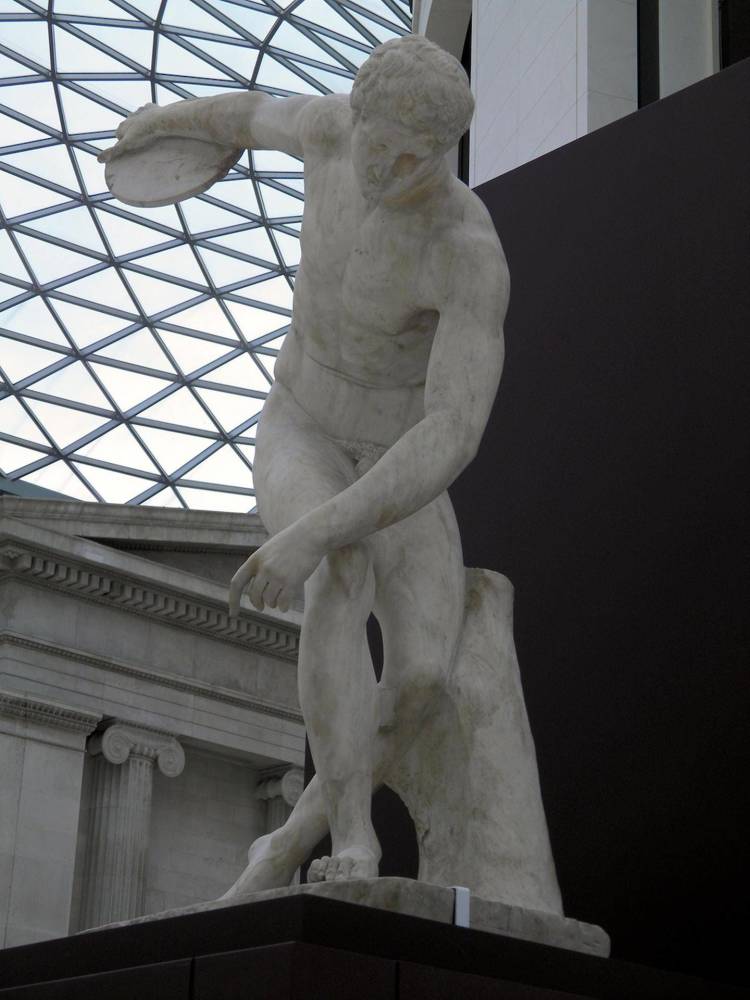
Myron’s "Discus Thrower" portrays an athlete who is throwing a discus. This is an impressive statue from the classical era. The original bronze statue is lost, but a copy of the sculpture remains in the most famous Roman country. Museum and external exhibition.
Myron described the athlete's movements, his body twisted and his muscles stretched to the most extreme position. The Athenian sculptor created the ever-changing motor skills, enabling real athletes to master the skills and achieve the impossible in a short period of time.
The entire sculpture evokes a tense moment, which is the expectation before the discus throw. Myron is considered to be one of the earliest sculptors at the time. He used bronze and marble to create lifelike portraits. This sculpture proved his profound skill.
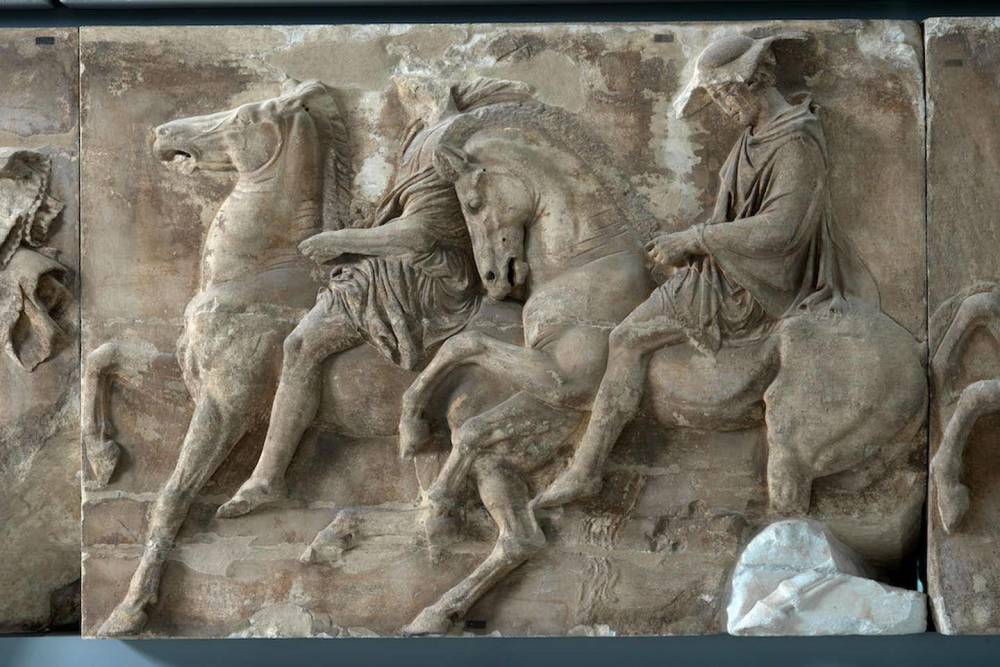
The Acropolis is home to many of the most impressive and famous ancient Greek sculptures, and visitors will find many designs by the ancient Greek sculptor Phidias.
During the reign of Pericles (495-429 BC), Athens enjoyed many years of artistic innovation, and the city created a flourishing scene. Pericles preferred Phidias. As a sculptor, he was commissioned to create the Parthenon in the Acropolis along with many other works in the city.
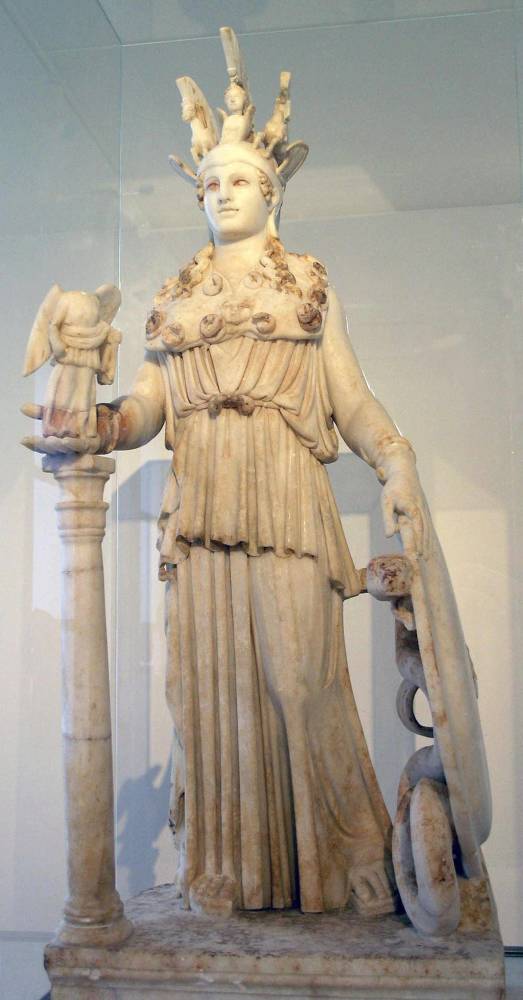
The statue of Athena located in the National Archaeological Museum is a reproduction, but it is considered the most successful reproduction of Phidias’s original sculpture. The statue was made in 438 BC and copied between 200 and 250 AD, Is considered to be 12 times smaller than the original size.
In the work, Athena is seen wearing a traditional dress and a crown decorated with three crests. She holds Nike in her palm. She is the goddess of speed and strength. On the shield is King Eric Tonics. According to Greek mythology, he was born from the earth and ruled by Athena.
As a testament to the power of Athena, this magnificent sculpture is almost unparalleled, and one can only imagine how awesome the original 12 times the size would be.
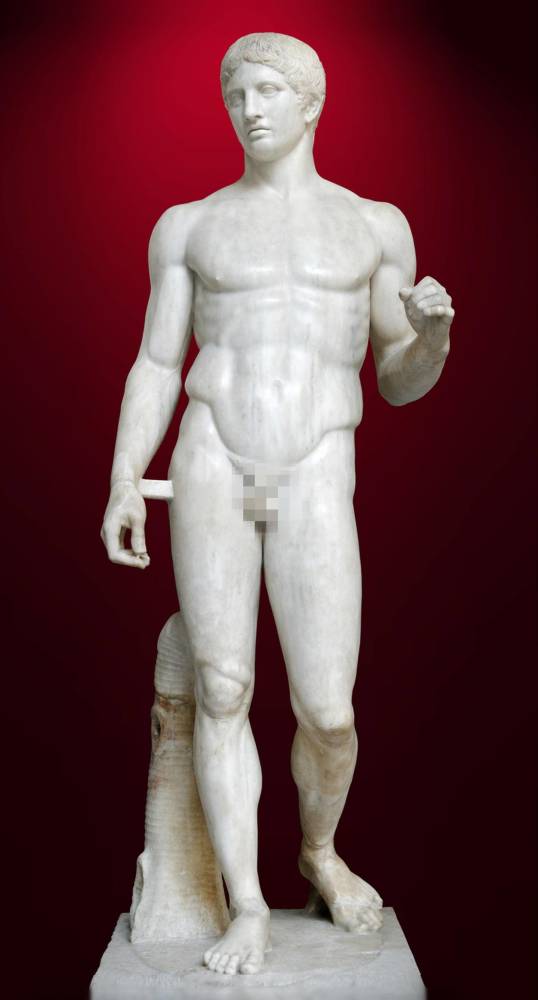
This work by Pollyukletes "The Spear Bearer" is a model of classical Greek design. The ancient Greeks pursued a perfect image through mathematically precise proportions.
This famous sculptor aims to study the idea of perfection of the human body by drawing the most accurate version, in which each part is in full proportion to the other parts. It is a fascinating and vivid depiction of the male form, which is for other ancient times. The creation of Greek sculptors set a precedent.
In fact, according to reports, Poryukletes referred to the sculpture as Canon, and the original bronze version was destroyed, but the marble replica discovered by the Romans in Pompeii is still intact today.
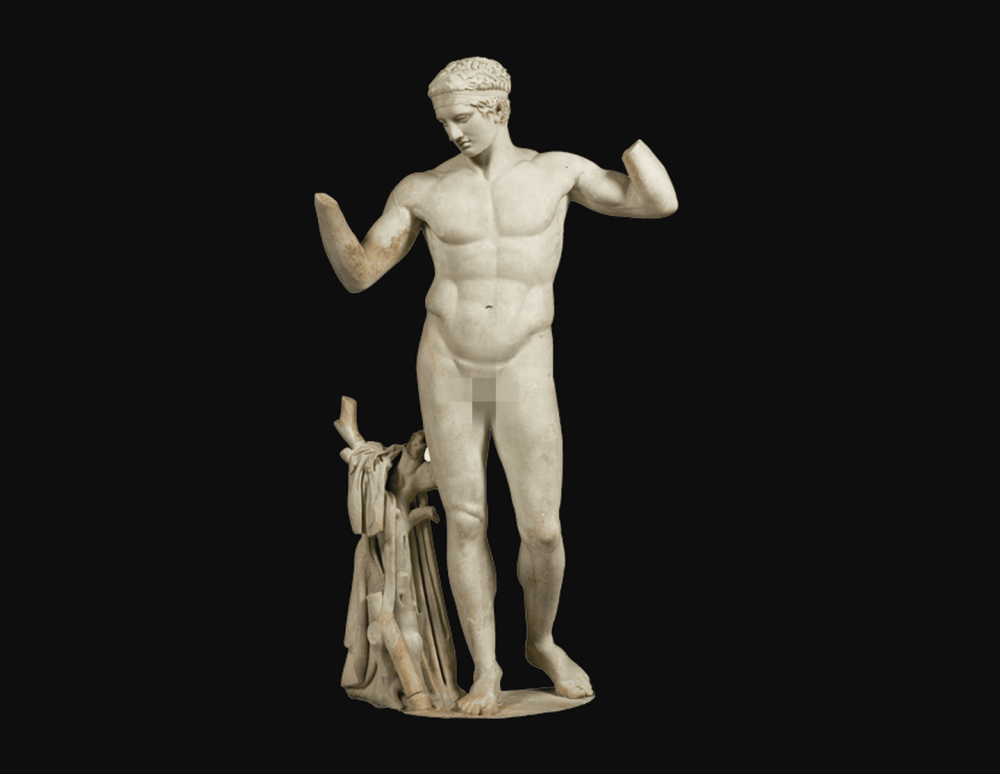
The famous sculpture "Diodo Menos" by Poliucletes is the sculptor's tribute to mathematical accuracy again, creating a lifelike human form.
The original sculpture depicts an athlete with a ribbon on his hair, suggesting victory and celebration. The Romans were particularly attracted by the beauty of this work. According to reports, the original sculpture was copied 25 times on marble, and it was copied since it was discovered in Tilos, Cyclades around 100 BC.
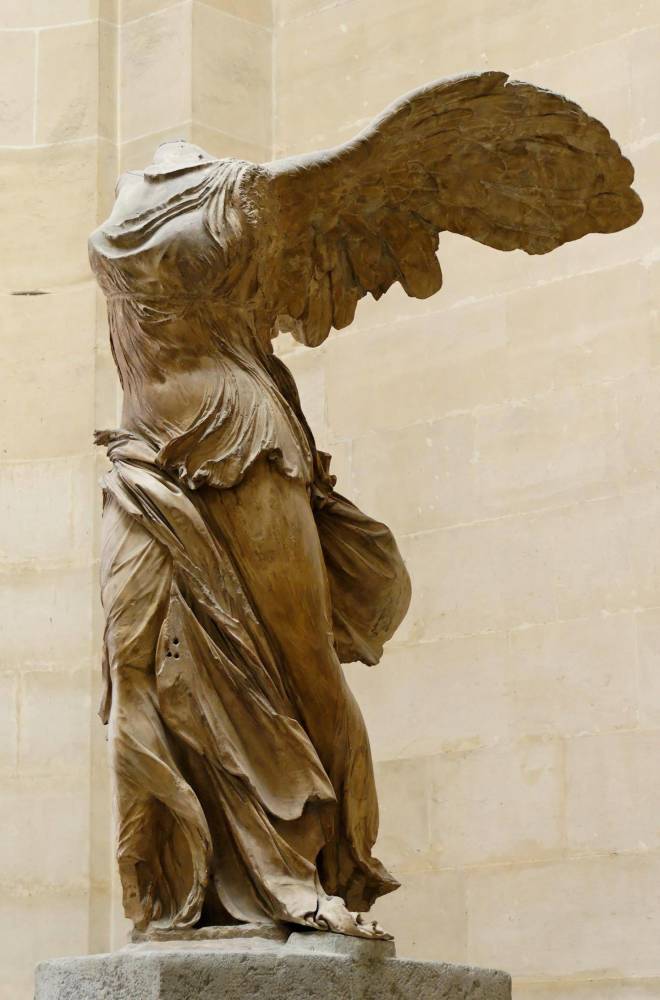
The "Samotres Wings of Victory" created by the sculptor Pythokritos is known as a model of ancient Greek design. It has been exhibited in the Louvre’s prominent position since 1884 and is one of the most famous sculptures in the world.
The statue is made of Paro marble. It not only expresses the worship of Nick, the goddess of victory, but also a symbol of a naval battle. She represents battle and victory, her dress fluttering in the wind as if the goddess descended from the sky and landed on the bow of the battleship, because her clothes were pulled and folded around the body, and the wind evokes the feeling of energy and victory.
Leave a message

Any landscape ideas in your mind, describe to D&Z sculpture team directly, you can imagine we can create.
Copyright © 1996-2024 D&Z Sculpture Co., Ltd. All Rights Reserved | Sitemap |